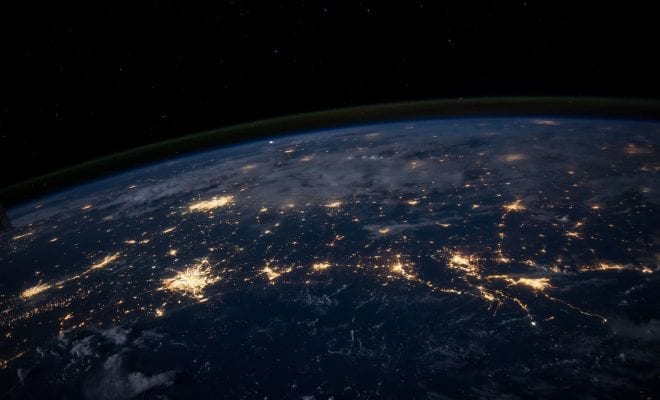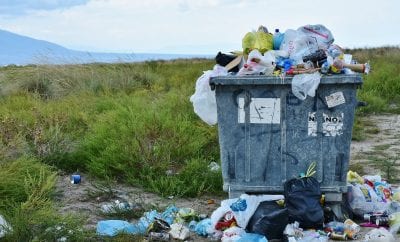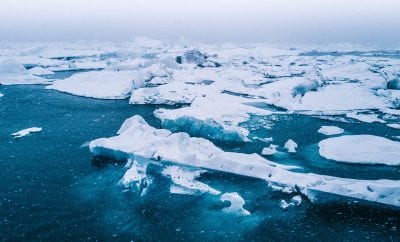
News
Shrinking Ozone Hole is Smaller Than Ever
For millions of years, the ozone layer has protected Earth from the harmful radiation of ultraviolet rays from the sun. This protective layer resides in the Earth’s stratosphere, absorbing solar radiation that can increase the risk of cancer, cataracts, and a suppressed immune system. It also allows for Earth to harbor a diverse range of plant life, organisms, and aquatic ecosystems.
As mankind has developed over the years, the pollution we have emitted into the atmosphere has contributed to the deterioration of the ozone layer. This has become known as the ‘ozone hole,’ and the overall size of it has increased over the past few decades.
However, according to NASA and measurements taken by the NOAA satellite, the ozone hole has actually shrunk to its smallest size ever recorded since its discovery. While the ozone hole typically grows to a maximum area of about 8 million square miles during the months of September and October, measurements show it has shrunk to less than 3.9 million miles.
“It’s great news for ozone in the Southern Hemisphere,” said Paul Newman, chief scientist for Earth Sciences at NASA’s Goddard Space Flight Center in Greenbelt, Maryland. “But it’s important to recognize that what we’re seeing this year is due to warmer stratospheric temperatures. It’s not a sign that atmospheric ozone is suddenly on a fast track to recovery.”
The ozone hole is caused when chemical reactions arising from man-made compounds that are pumped into the air by a variety of polluted sources. During colder temperatures, these chemical reactions occur more frequently, leading to more ozone-depleting molecules forming. Due to the fact that 2019 has been uncharacteristically warm, there has been less ozone depletion.
While uncommon, this is the third time in the last 40 years that weather systems have caused warm temperatures that limit ozone depletion. Despite rigorous research into the phenomenon, scientists have yet to identify a connection between the occurrences of these patterns and changes in climate.
For 32 years, the international community has come together to ensure that the ozone hole does not grow to become too large to the point of no return. The Montreal Protocol on Substances that Deplete the Ozone Layer was signed into effect, regulating the production of ozone-depleting compounds. Since then, the growth of the ozone hole has slowly declined and scientists predict that the ozone layer will recover to its size in 1980 by sometime in 2070.





0 comments